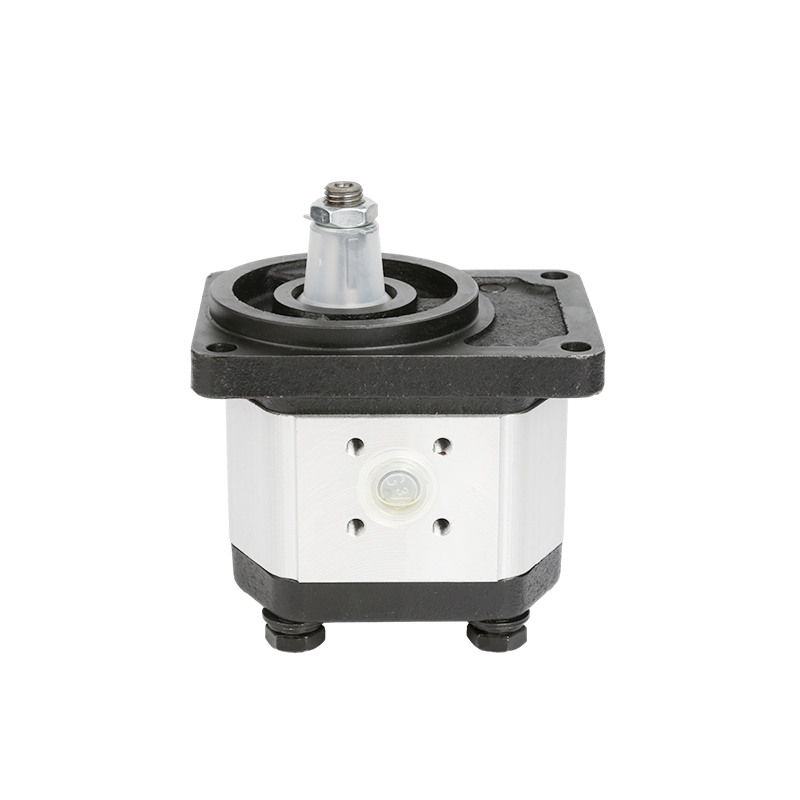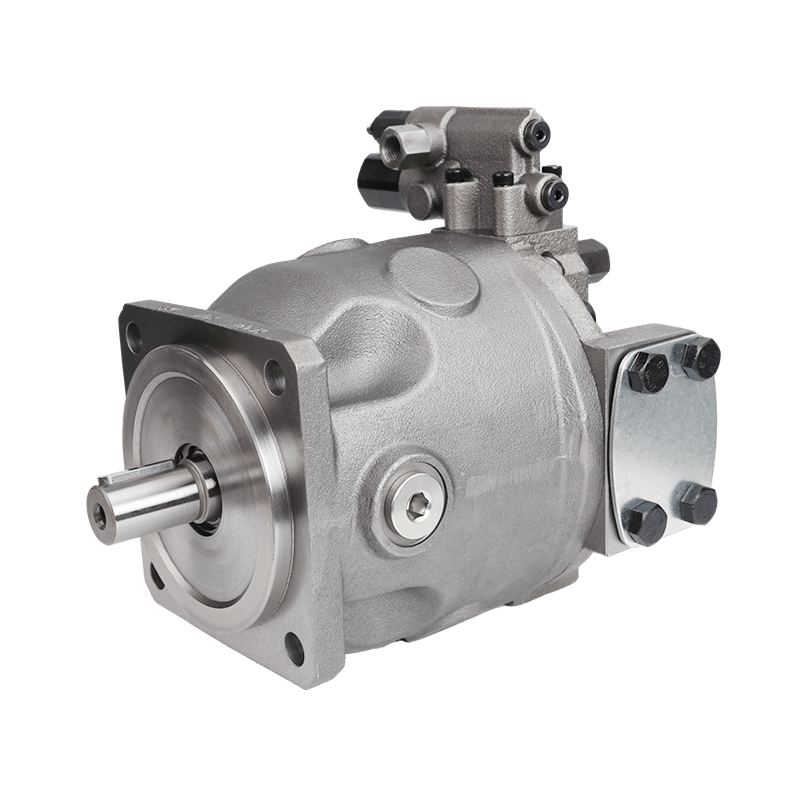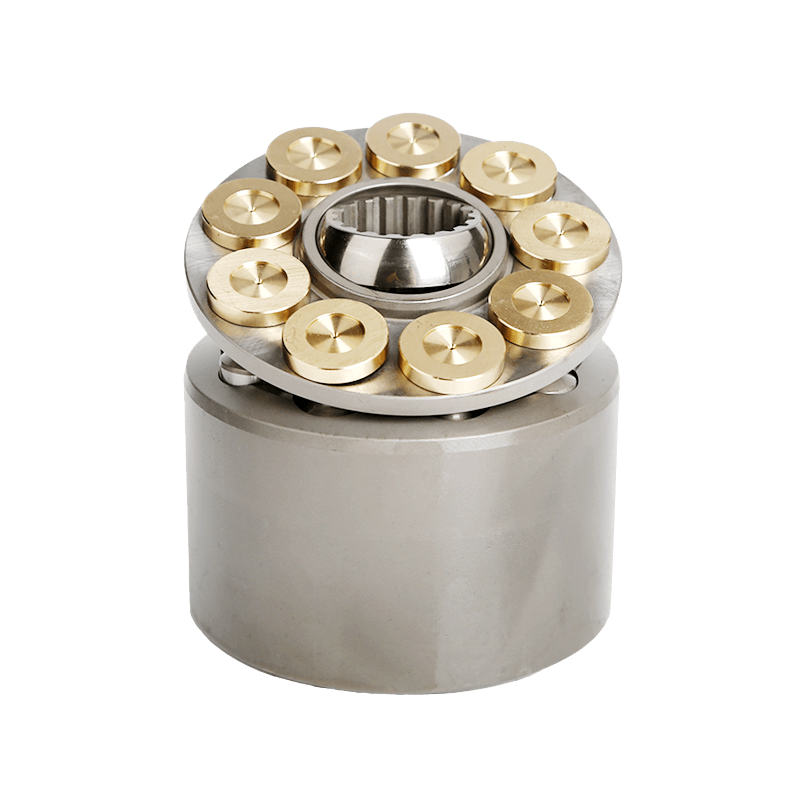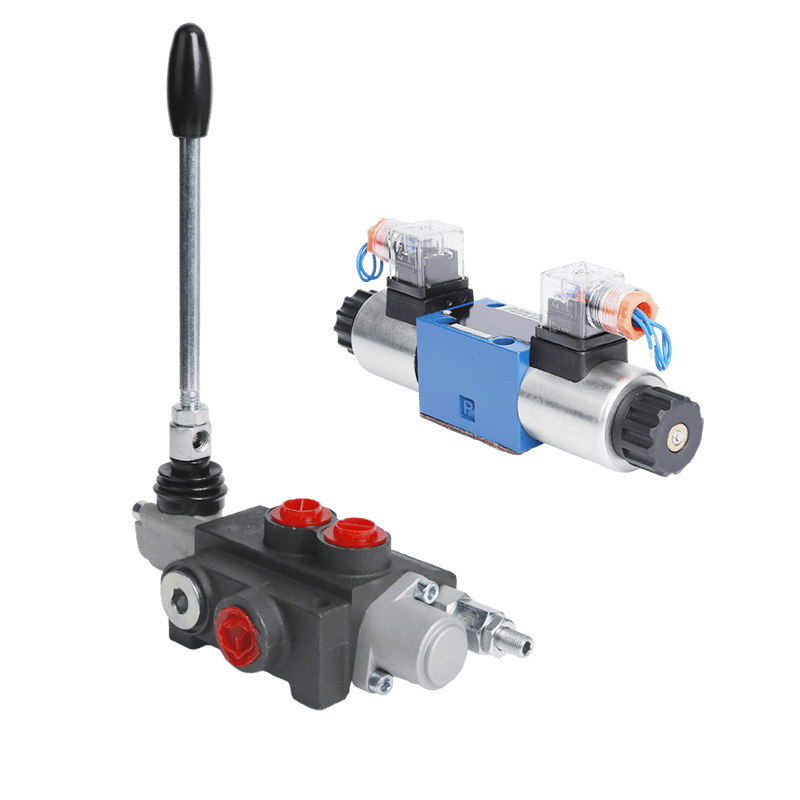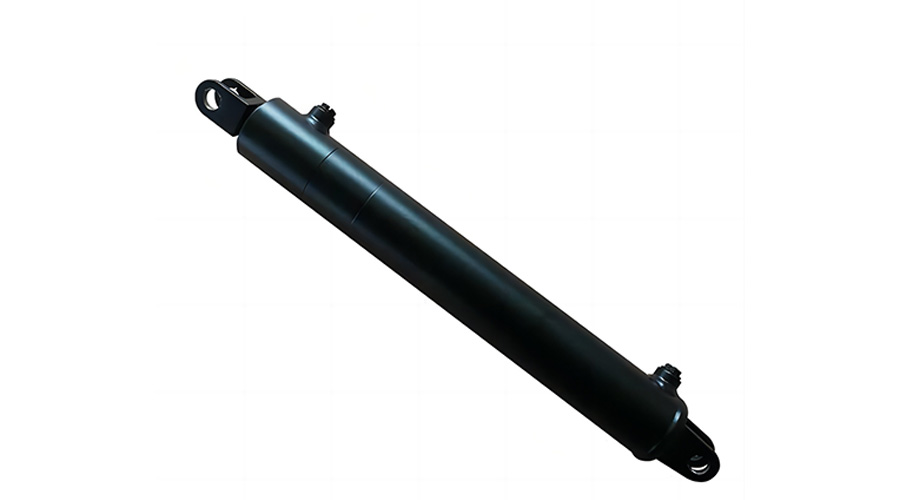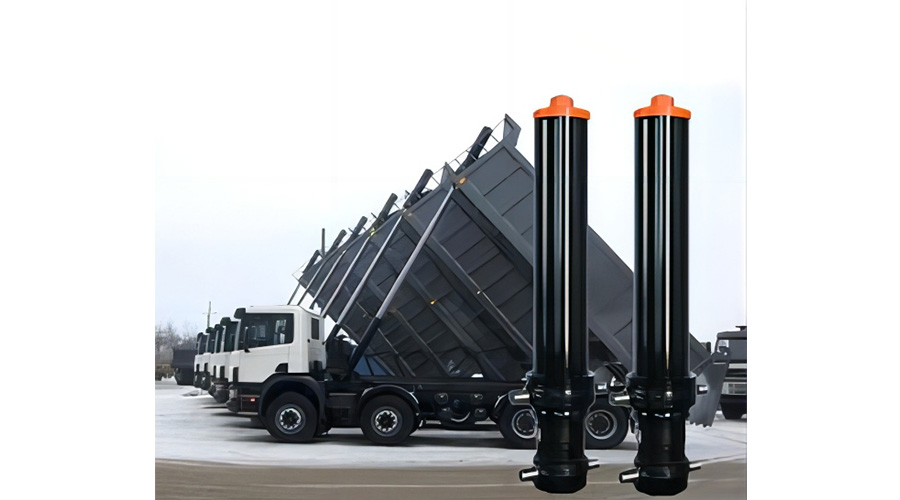Understanding Hydraulic Cylinders and Their Importance
Hydraulic cylinders play a pivotal role in various industrial and mechanical applications, providing the necessary force to move heavy loads with precision. Hydraulic cylinders are linear actuators that utilize hydraulic fluid power to facilitate back-and-forth movement, making them essential components in machinery such as construction equipment, manufacturing machinery, and aerospace systems.
What is a Hydraulic Cylinder?
Basic Functionality and Uses
A hydraulic cylinder operates by converting the energy stored in hydraulic fluid into a force used to move the cylinder in a linear direction. This mechanism allows for controlled lifting, pushing, or pulling of heavy objects with remarkable accuracy. Common uses of hydraulic cylinders include lifting platforms, operating presses, and powering heavy machinery.
Components and Accessories
The key components of a hydraulic cylinder include the cylinder barrel, piston, piston rod, seals, and various mounting accessories. These components work together to ensure smooth operation and efficient force transmission. Additionally, accessories such as cylinder seal kits, weld-on ports, replacement pins, clips, clevises, and base ends are crucial for maintaining and repairing hydraulic cylinders.
Why Regular Maintenance is Crucial
Extending Lifespan
Regular maintenance is paramount for ensuring the longevity and optimal performance of hydraulic cylinders. Statistical research published by MDPI reveals that fluid contamination contributes to approximately 41.1% of hydraulic cylinder failures. Proper maintenance practices can mitigate the risk of fluid contamination and extend the lifespan of these critical components.
Preventing Malfunctions
Improper maintenance accounts for about 12.6% of hydraulic cylinder failures according to the same research findings. Neglecting regular inspections and cleaning routines can lead to accelerated wear and tear on vital components like seals and pistons. By implementing proactive maintenance measures, malfunctions can be prevented before they compromise the functionality of hydraulic cylinders.
Essential Maintenance Tips for Hydraulic Cylinders
Regular maintenance is essential to ensure the optimal functioning and longevity of hydraulic cylinders. By incorporating preventive measures, individuals can mitigate potential issues and maintain the efficiency of these critical components.
Regular Inspection and Cleaning
When conducting regular inspections of hydraulic cylinders, it is crucial to pay attention to various aspects that can impact their performance. Add to your list the following key areas to examine:
What to Look For
- Quantity: Ensure an adequate quantity of hydraulic fluid is present within the cylinder system.
- Stock: Check for any stock or accumulation of dirt, debris, or contaminants within the cylinder housing.
- SKU: Inspect the seals and gaskets (SKU) for signs of wear, tear, or damage that could lead to fluid leakage.
In addition to inspections, thorough cleaning techniques are vital for maintaining hydraulic cylinders in optimal condition. Utilize appropriate cleaning agents and tools to remove any accumulated dirt or contaminants without causing damage to the cylinder components.
Replacing Worn-Out Parts
Identifying common wear and tear on hydraulic cylinder components is a proactive approach to ensuring their continued functionality.
Identifying Common Wear and Tear
- Quick view: Take a quick view at the piston rod for signs of corrosion or pitting that may affect its smooth operation.
- View: Examine the cylinder barrel for any visible signs of scoring or damage that could compromise its integrity.
Upon identifying worn-out parts, it is imperative to understand how to replace them effectively without causing further damage to the hydraulic cylinder system.
How to Replace Components
- Begin by depressurizing the hydraulic system completely before initiating any component replacement procedures.
- Carefully disassemble the affected area while noting the orientation and arrangement of each component.
- Replace worn-out parts with high-quality replacements, ensuring proper alignment and sealing during reassembly.
- By adhering to these essential maintenance tips, individuals can proactively preserve the functionality and longevity of their hydraulic cylinders while minimizing unexpected downtime due to malfunctions.
POOCCA Hydraulic, a company established in 1997, specializes in the research and development, manufacturing, maintenance, and sales of hydraulic pumps, motors, valves, and related parts. Among their wide range of products, they also offer hydraulic cylinders.
Step-by-Step Guide to Repairing Hydraulic Cylinder Components
Repairing hydraulic cylinder components requires a systematic approach to diagnose common issues and execute the necessary repairs. By understanding the potential problems and their solutions, individuals can effectively maintain the functionality of hydraulic cylinders.
Diagnosing Common Issues
Leaks and Their Causes
Hydraulic cylinders frequently encounter issues with leaks, which can markedly affect their operational efficiency. These leaks may arise from a variety of causes including seal degradation, damage to the piston rod, or misalignment of the cylinder itself. Accurately diagnosing the underlying cause of a leak is essential for selecting the correct repair strategy.
Loss of Pressure
Another prevalent problem encountered with hydraulic cylinders is the loss of pressure. Industry experts highlight that a decline in pressure can significantly impair operational efficiency and diminish lifting capacity. Accurately diagnosing the underlying reason for this pressure reduction is crucial for reinstating full functionality.
Repairing Your Hydraulic Cylinder
Seal Replacement Process
One critical aspect of repairing hydraulic cylinders involves addressing seal failures effectively. When replacing seals, it’s essential to use high-quality replacements and adhere to proper installation techniques to prevent future failures.
Dealing with Cylinder Misalignment
Cylinder misalignment can lead to uneven wear on components and compromised functionality. Servokinetics highlights the significance of addressing cylinder misalignment promptly to avoid costly repairs and system failures. Proper alignment procedures involve meticulous inspection and adjustment to ensure consistent performance.
By following this step-by-step guide for repairing hydraulic cylinder components, individuals can effectively address common issues while optimizing the longevity and efficiency of these critical mechanical systems.
Preventing Future Issues with Hydraulic Cylinders
After implementing essential maintenance and repair practices, it is crucial to focus on preventing future issues to ensure the long-term efficiency and functionality of hydraulic cylinders. By adopting proactive measures and knowing when to seek professional assistance, individuals can safeguard their equipment from potential malfunctions.
Best Practices for Long-Term Maintenance
Regular Check-Ups
Implementing a preventive maintenance program is crucial for hydraulic cylinder longevity. Schedule regular maintenance intervals to clean, inspect, and service your hydraulic cylinders. This proactive approach can help identify potential issues before they escalate into major problems, saving you time and money in the long run. As Kyle Probert emphasizes, regular preventive maintenance is key to maximizing the lifespan and efficiency of hydraulic cylinders.
Using the Right Fluids
Selecting the appropriate hydraulic fluid is vital for maintaining optimal performance and preventing premature wear on hydraulic cylinder components. By using fluids recommended by manufacturers and adhering to specified viscosity levels, individuals can ensure smooth operation while minimizing the risk of internal damage due to fluid-related issues.
When to Seek Professional Help
Recognizing Complex Problems
While regular maintenance efforts are effective in preventing common issues, there are instances where complex problems may arise that require expert attention. Being able to recognize signs of extensive wear, internal damage, or intricate mechanical issues is essential in determining when professional intervention is necessary.
Benefits of Professional Maintenance
Partnering with reputable professionals for expert repair services can significantly contribute to the longevity and reliability of hydraulic cylinders. By adopting a proactive approach to maintenance through expert guidance, businesses can avoid costly downtime, extend the service life of their equipment, and ensure the safety and efficiency of their operations.
By embracing best practices for long-term maintenance and recognizing when professional help is needed, individuals can proactively preserve the functionality and durability of their hydraulic cylinders while minimizing unexpected downtime due to potential malfunctions.
Conclusion
Recap of Key Points
In summary, understanding the fundamental components and functionality of hydraulic cylinders is crucial for their effective maintenance and repair. The key components include the cylinder barrel, piston, piston rod, seals, and various mounting accessories. Regular maintenance practices of worn-out parts are essential for extending the lifespan and preventing malfunctions.
The Importance of Proactive Maintenance
Proactive maintenance is essential in enhancing the longevity and maximizing the performance of hydraulic cylinders. Statistical analyses indicate that fluid contamination is a major contributing factor to hydraulic cylinder failures. By adopting preventive practices, including regular inspections, appropriate lubrication, meticulous seal maintenance, and ongoing preventative measures, these risks can be significantly reduced, thereby bolstering the operational efficiency of hydraulic systems.
The implementation of a preventive maintenance program is essential for ensuring the longevity of hydraulic cylinders. By establishing regular intervals for cleaning, inspecting, and servicing these components, professionals can detect and address potential issues before they develop into significant complications. This proactive strategy not only enhances efficiency and reduces costs over time but also guarantees the consistent performance of vital machinery.
Encouraging Readers to Take Action
It’s essential for individuals responsible for hydraulic cylinder maintenance to take proactive steps in implementing regular inspection routines and adhering to recommended maintenance practices. By prioritizing preventive measures and promptly addressing any identified issues or wear on components, readers can ensure the continued efficiency and reliability of their hydraulic cylinders.
By embracing best practices for long-term maintenance and recognizing when professional help is needed, individuals can proactively preserve the functionality and durability of their hydraulic cylinders while minimizing unexpected downtime due to potential malfunctions.

